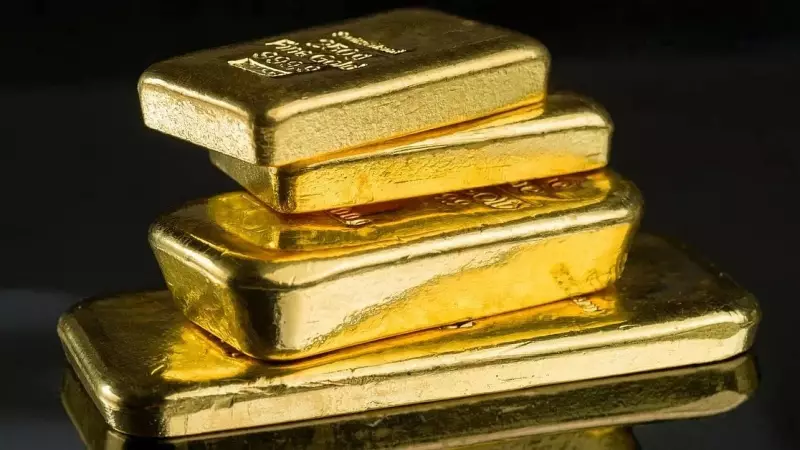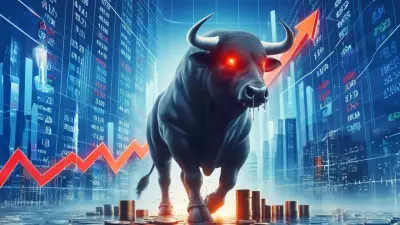
The precious metals market experienced a significant downturn this week as gold and silver futures dropped substantially, driven by changing global economic dynamics and monetary policy signals.
Market Performance Highlights
Gold futures on the Multi Commodity Exchange (MCX) showed notable weakness, with the December contract trading lower. Similarly, silver futures mirrored this bearish trend, reflecting broad-based selling pressure across the precious metals complex.
Federal Reserve's Impact on Precious Metals
The primary catalyst behind the decline appears to be the Federal Reserve's unexpectedly hawkish tone regarding future interest rate decisions. Recent minutes from the Fed's policy meeting revealed that officials are prepared to maintain higher interest rates for an extended period if inflation concerns persist.
This monetary policy stance creates a challenging environment for gold and silver because higher interest rates typically strengthen the US dollar and increase the opportunity cost of holding non-yielding assets like precious metals.
Trade Relations Improving Safe-Haven Demand
Concurrently, positive developments in US-China trade relations have further eroded the appeal of traditional safe-haven assets. As tensions ease between the world's two largest economies, investors are becoming more willing to embrace riskier assets, reducing their reliance on gold and silver as protective investments.
Technical Analysis and Market Sentiment
Market analysts note that the technical picture for gold has turned increasingly bearish. The precious metal has struggled to maintain momentum above key resistance levels, with selling pressure intensifying as it approaches certain technical thresholds.
Silver, often more volatile than gold, has shown even greater sensitivity to these macroeconomic developments. The white metal's industrial applications mean it's particularly vulnerable to shifts in global trade sentiment and economic growth expectations.
Global Economic Factors at Play
Several interconnected factors are contributing to the current market dynamics:
- Dollar Strength: The US dollar's resilience against major currencies is making dollar-denominated commodities more expensive for foreign buyers
- Inflation Expectations: Changing perceptions about future inflation are altering the investment case for inflation-hedge assets
- Central Bank Policies: Global monetary policy directions are influencing capital flows across asset classes
- Geopolitical Developments: Easing trade tensions are reducing the premium typically built into safe-haven assets
Market Outlook and Trader Positioning
Market participants are closely monitoring several key indicators that could determine the future direction of precious metals prices. These include upcoming economic data releases, further signals from central banks, and any new developments in international trade negotiations.
Analysts suggest that while the short-term trend appears bearish, the fundamental case for holding precious metals as portfolio diversifiers remains intact over the longer term, particularly given ongoing global economic uncertainties.
The current market environment underscores how sensitive commodity prices remain to shifts in monetary policy expectations and global trade dynamics, with gold and silver serving as barometers for broader market risk appetite.





